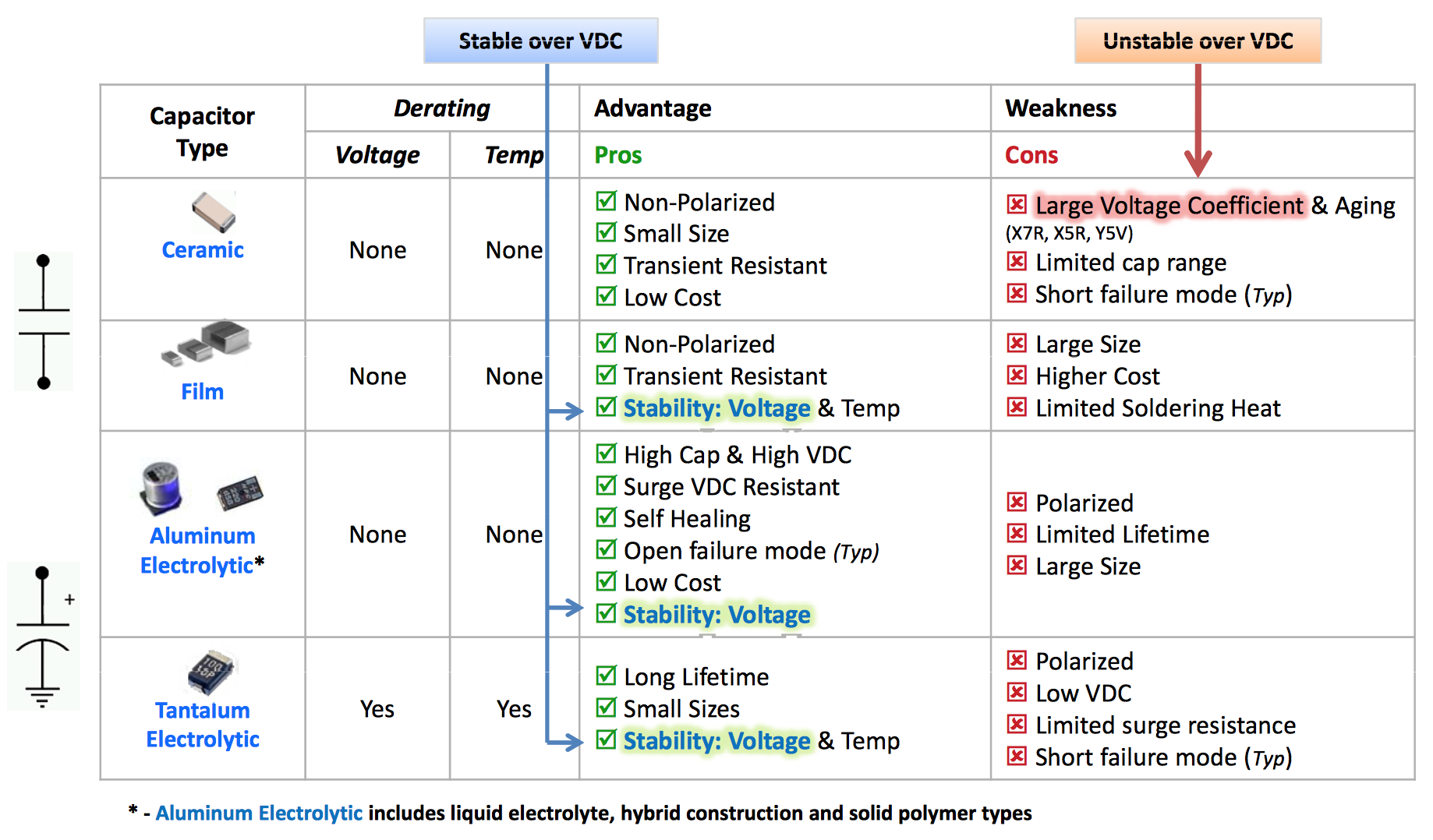After looking around, I have found quite a few things about how DC bias reduces effective capacitance for a ceramic, or electrolytic capacitor, however nothing seems to talk about the effect on film capacitors. I've found a couple of papers about film caps (such as: TDK Film capacitors - General technical information), and they mention frequency and temperature, but I can't find anything about DC bias reducing capacitance.
I have obviously checked the data sheet of the component I plan on using (TDK - MKT Film capacitors), but there isn't anything about DC bias in that (unless I've just failed at spotting it).
This suggests to me that they aren't affected by DC bias, but that seems a bit of a bold claim, and I can't see that stated anywhere.
Are film capacitor values affected by DC bias? If so, can anyone point me to some data about what the roll off is?
I am planning to use some film capacitors in an application with 48-60V DC across the capacitors and a ripple current around 30 amps.


